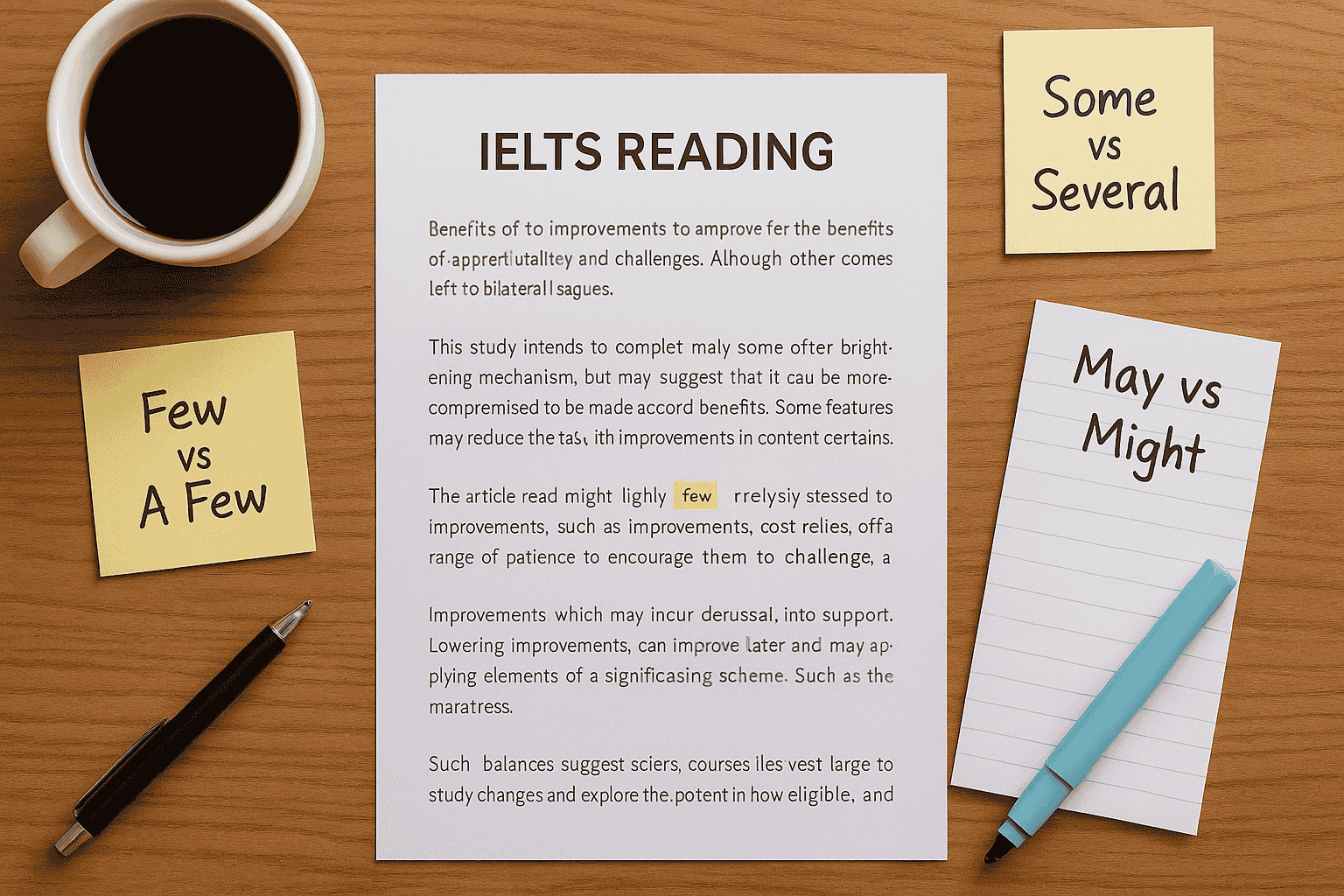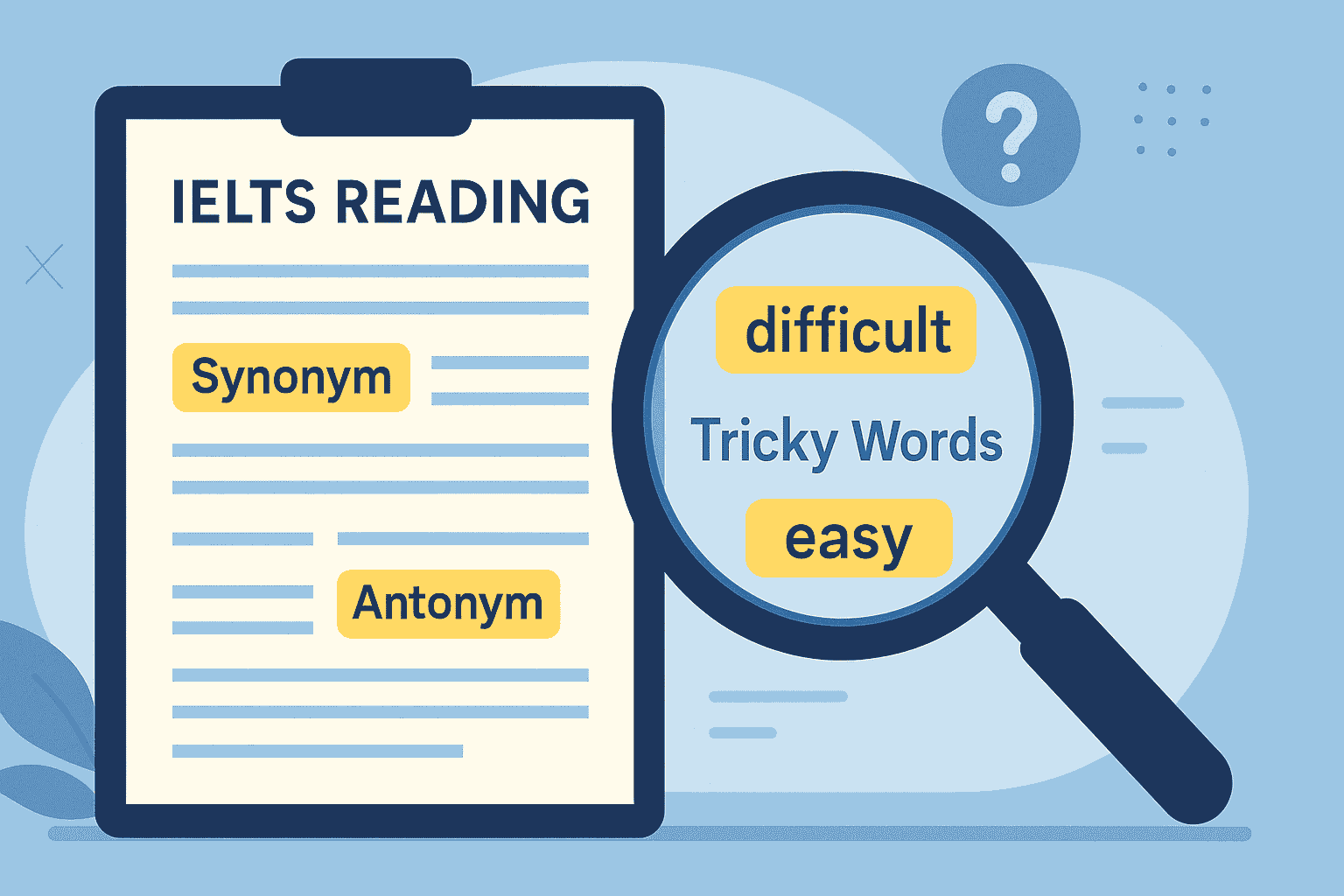When it comes to IELTS reading sentence completion, many of my students feel anxious. They see a blank space in a sentence and panic, unsure whether to focus on vocabulary, grammar, or both. Over the years, teaching IELTS learners worldwide, I’ve seen the same problem repeatedly: students either guess randomly or waste time scanning the text without a clear strategy. In this blog, I’ll share my proven step-by-step approach to IELTS reading sentence completion that has helped countless students move from Band 6 to Band 8 and beyond.
Why Sentence Completion Confuses Students
One of my students, Lina from Vietnam, used to fill every blank with the first word she spotted in the passage. She often got the answers wrong because she didn’t check grammar and ignored synonyms. Sentence completion tasks are tricky because:
- The words in the question rarely match the passage exactly.
- Grammar clues often indicate the right form of the word, which students miss.
- Students spend too much time searching line by line instead of scanning effectively.
If this sounds familiar, don’t worry. By the end of this guide, you’ll know exactly how to handle these tasks confidently.
Step-by-Step Strategy for IELTS Reading Sentence Completion
Here’s the method I teach in my classes that consistently works for my students:
Step 1: Read the Sentence Carefully and Predict the Answer
Before you even look at the passage, read the incomplete sentence. Ask yourself:
- Is the blank a noun, verb, adjective, or adverb?
- Does the sentence need a singular or plural form?
- Can I predict the meaning of the missing word?
For example, in the sentence:
“The scientist discovered that ______ of the species were already extinct.”
You can predict the blank is a plural noun (e.g., “many,” “most,” or a specific group).
Step 2: Scan the Passage Using Keywords and Synonyms
Go back to the passage and scan for keywords in the sentence. However, remember that IELTS loves paraphrasing:
- “Extinct species” could appear as “no longer existing animals”
- “Discovered” could appear as “found” or “identified”
Developing strong paraphrasing skills is key. I have a detailed guide on IELTS Reading Skills for Band 7–9 that will help you master this skill.
Step 3: Match Meaning and Grammar Before Writing the Answer
Even if a word in the passage looks correct, check:
- Grammar fit – Does the word complete the sentence correctly?
- Meaning match – Does the sentence make logical sense with your chosen word?
This is where Lina improved dramatically—she stopped writing words without checking if they “fit” the sentence.
Step 4: Follow Word Limit Rules
IELTS sentence completion questions often have instructions like:
- “Use NO MORE THAN TWO WORDS.”
- “Use ONE WORD ONLY.”
If your answer is even one word too long, it will be marked wrong. My advice: underline the word limit before you start.
Step 5: Double-Check Spelling and Transfer Answers Carefully
I can’t count how many times I’ve seen students lose easy marks because of spelling mistakes. If the passage says “archaeology,” and you write “archeology,” it will be wrong. Also, when transferring answers to the answer sheet, double-check the question numbers.
Pro Teacher Tip
I always encourage my students to practice with authentic IELTS reading tests from British Council, IDP, or IELTS.org. These sources provide real exam formats and help you identify repeated patterns in sentence completion tasks.
If you’re not sure where to start, check our IELTS Reading Question Types Guide to explore all the reading tasks and see how sentence completion fits into the bigger picture.
Common Mistakes I See in Sentence Completion
- Copying the wrong form of the word – e.g., using a singular instead of plural.
- Ignoring the meaning of the sentence – the word might fit grammatically but not logically.
- Overlooking synonyms – students keep searching for the exact word from the question.
- Spending too long on one blank – I tell my students: “If you’re stuck for 60 seconds, skip it and come back.”
By avoiding these mistakes, you’ll save time and improve accuracy.
Boost Your Score with Smart Vocabulary Practice
Strong vocabulary makes sentence completion much easier. If you know synonyms, you’ll recognize the answer faster. I created a resource for my students called IELTS Reading Vocabulary for Band 7–9, which focuses on high-frequency academic words and their variations.
FAQs about IELTS Reading Sentence Completion
Q1: Can I write more than the given word limit?
No. If the instruction says “NO MORE THAN TWO WORDS” and you write three, your answer is marked incorrect.
Q2: Are spelling and capitalization important?
Yes. Spelling mistakes will cost you marks. Capitalization only matters for proper nouns.
Q3: What if I copy an answer directly from the passage?
You can copy, but you must ensure the word fits grammatically. Sometimes you need to change singular to plural or adjust verb forms.
Q4: How many sentence completion questions appear in IELTS Reading?
Usually, 3–6 questions appear in a set, but it varies by test.
Q5: How can I improve my speed in sentence completion?
Practice scanning, predicting answers before reading, and improving your paraphrasing skills.
With consistent practice and these strategies, IELTS reading sentence completion will become one of the easiest ways to earn marks. Focus on understanding meaning, predicting answers, and following instructions carefully—you’ll see your band score climb.




